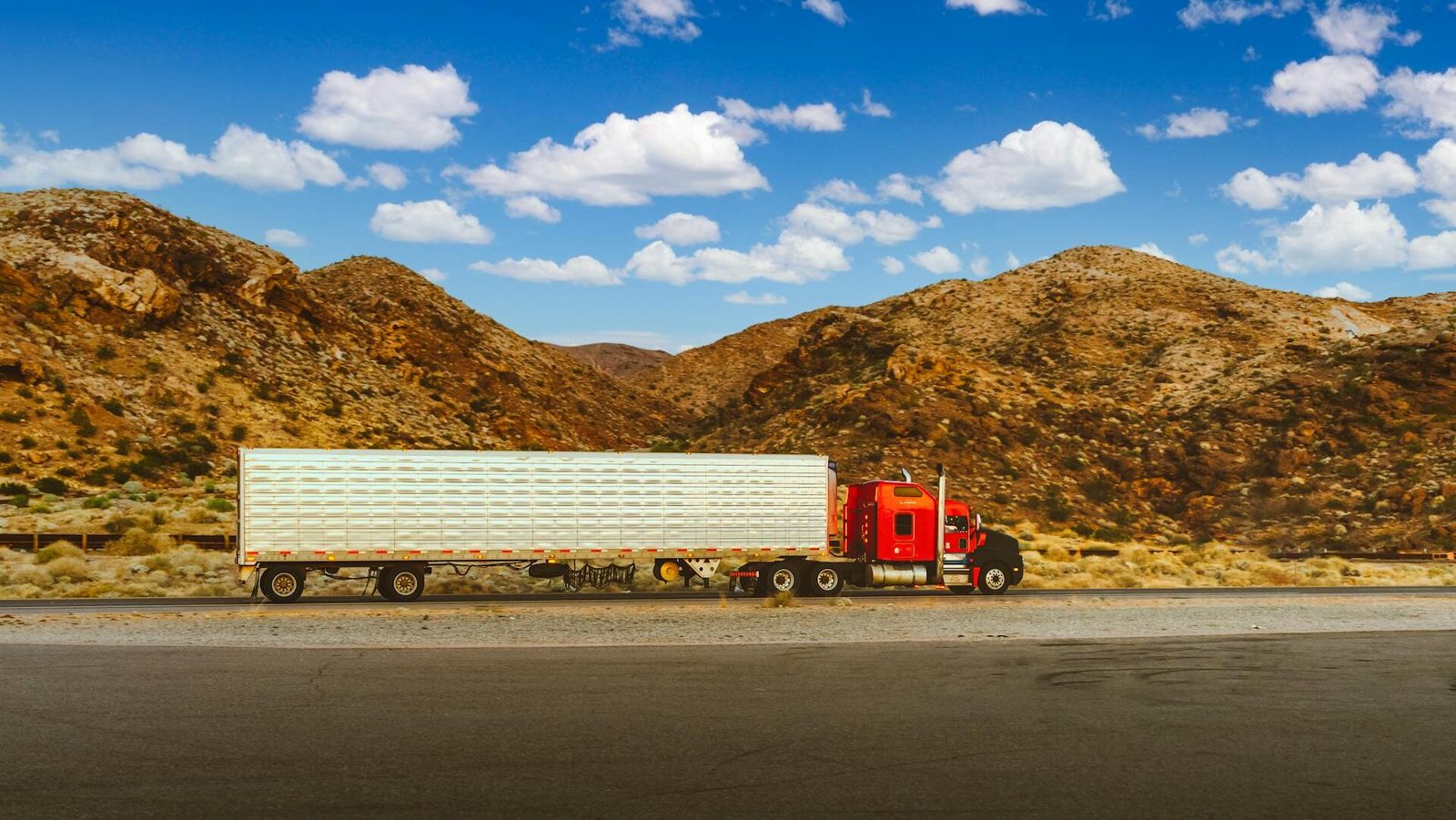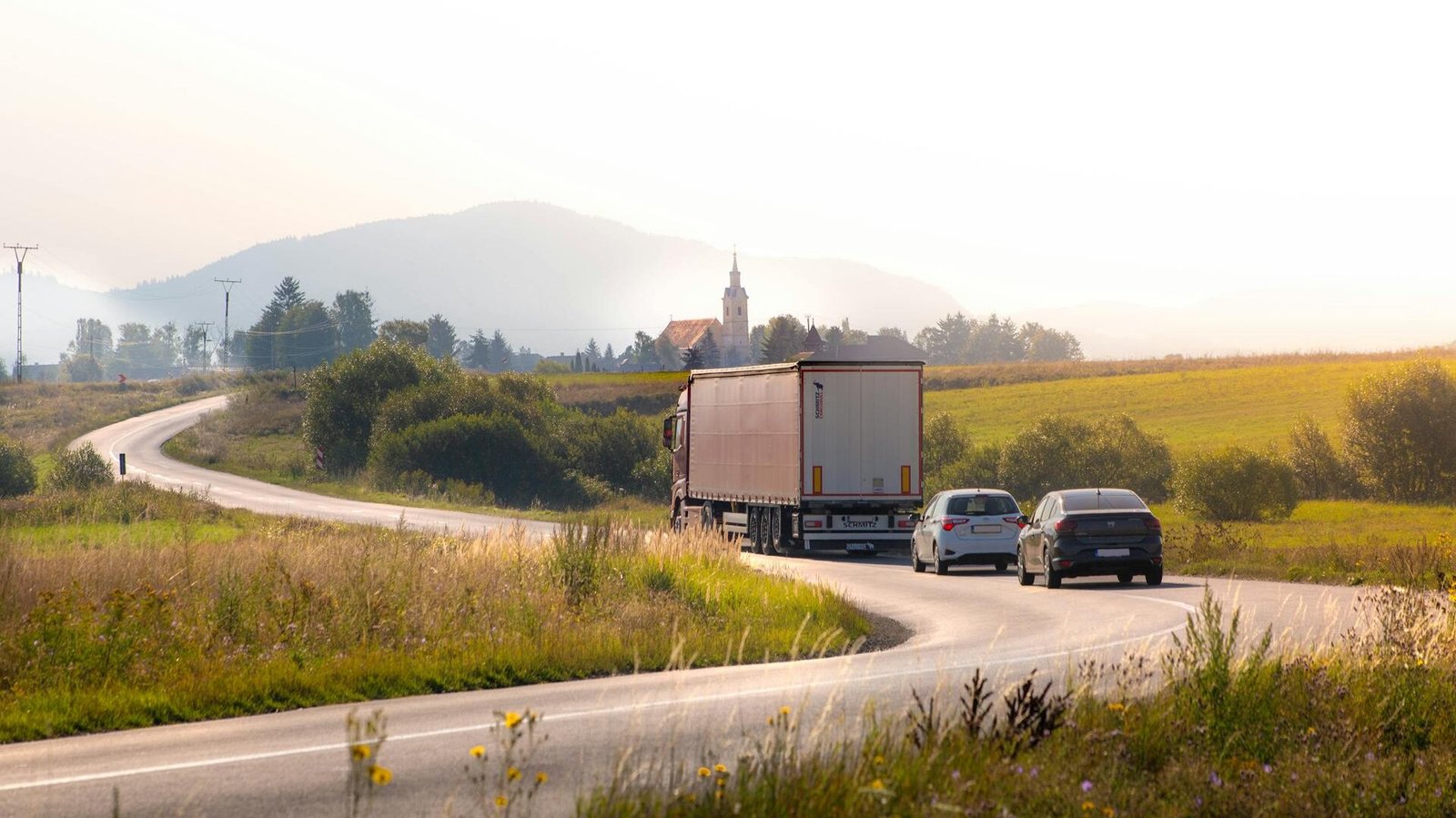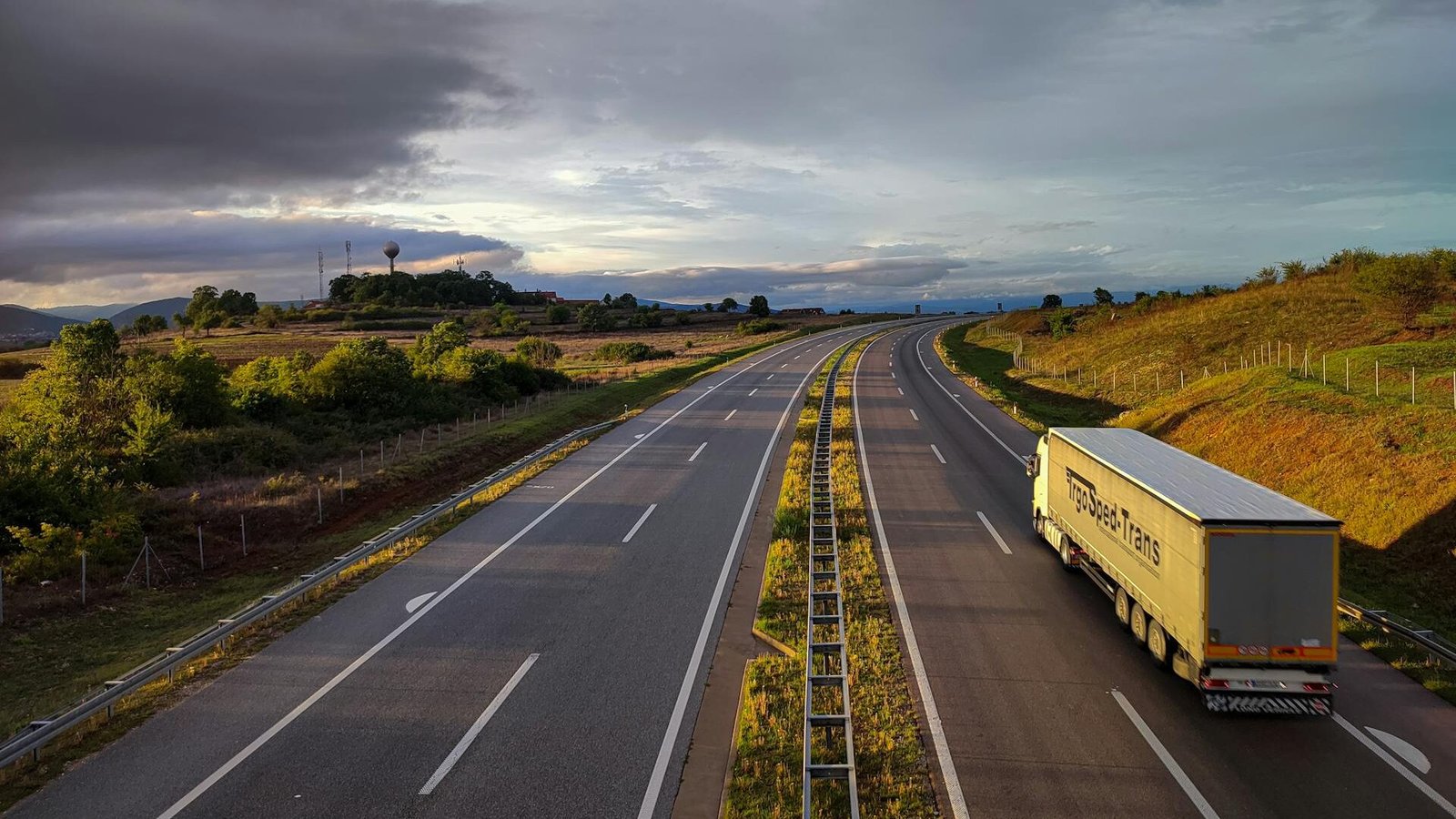
I. Introduction: The Mighty Mover of Commerce
Imagine you’re a furniture retailer. You’ve just stocked up an entire warehouse full of furniture in one state, and now you need to move it all to a new store in another state. How do you go about transporting such a large quantity of goods efficiently? This is where the world of Full Truckload comes into play.
Freight shipping is the backbone of the global economy. It enables the movement of goods across vast distances, connecting producers with consumers. According to the American Trucking Associations, trucks move about 72.5% of the nation’s freight by weight. This shows the crucial role that freight shipping, especially truck – based shipping, plays in keeping the wheels of commerce turning.
So, what is the most efficient way to move a very large amount of goods? The answer often lies in Full Truckload (FTL) shipping, a solution specifically designed for substantial shipments.
II. What Exactly is Full Truckload (FTL) Shipping?
Full Truckload (FTL) shipping is a mode of transportation where a single shipper contracts an entire trailer for their exclusive use. To put it simply, think of it as booking a private taxi rather than sharing a bus. In the case of Less Than Truckload (LTL) shipping, it’s like sharing a bus, where multiple shippers’ goods are combined in one truck. With FTL, you pay for the whole vehicle, have control over the route, and there are no other “passengers” (shipments) sharing the space.
Let’s take a look at a simple graphic comparison. In an FTL scenario, you’ll see a truck with just one company’s logo on it, indicating that the entire trailer is dedicated to that shipper’s goods. In contrast, an LTL truck will have multiple logos, showing that it’s carrying goods from different shippers.
The key characteristics of FTL shipping include:
- Exclusive use of trailer space: The shipper has sole access to the entire trailer, which means there’s no risk of their goods being mixed with others.
- Direct point – to – point travel with minimal handling: The truck travels directly from the origin to the destination with few stops, reducing the chances of damage or loss due to multiple handling.
- Typically used for shipments that weigh more than 15,000 lbs. or occupy more than 10 – 12 pallets: This makes it suitable for large – scale shipments.

III. How Does the Full Truckload Process Work? A Step – by – Step Journey
- Booking & Quoting: The shipper starts by providing details such as the origin, destination, dimensions, weight, and any special requirements of the freight. Based on this information, the carrier provides a flat – rate quote. For example, if a manufacturer wants to ship a large quantity of industrial machinery from a factory in Texas to a distribution center in California, they’ll give the carrier all the necessary details, and the carrier will come up with a price.
- Pickup: A dedicated truck arrives at the loading dock of the shipper. The shipper then loads their goods onto the entire trailer. This process is carefully monitored to ensure that the goods are properly secured.
- The Journey: The truck then embarks on its journey directly to the destination, with minimal planned stops. The goods are not handled or transferred en route, which helps maintain their integrity.
- Delivery: Once the truck reaches the receiver’s dock, the goods are unloaded. The receiver checks the goods for any damage or discrepancies.
- Proof of Delivery: The receiver signs the Bill of Lading (BOL), which is a legal document that serves as proof that the goods have been delivered. This completes the transaction.
IV. The Power of Full Truckload: Key Advantages and Benefits
- Speed & Shorter Transit Times: Since there are no intermediate stops for other pickups or drop – offs, FTL shipments generally have shorter transit times. A study by a logistics research firm found that FTL shipments can be up to 30% faster than LTL shipments for large – scale deliveries.
- Reduced Risk of Damage & Loss: With less handling, there are fewer opportunities for the freight to be damaged, lost, or misplaced. This is especially important for high – value or fragile goods.
- Enhanced Security & Privacy: As only one shipper’s goods are on the truck, the risk of theft is reduced. Also, it ensures the confidentiality of the shipment, which can be crucial for certain industries.
- Simplicity & Predictability: There’s one flat fee, one carrier, and one Bill of Lading. This makes it easier to track and manage the shipment compared to more complex shipping arrangements.
- Ideal for Specialized Freight: FTL is perfect for high – value, hazardous, temperature – sensitive (reefer trucks), or oversized cargo. For example, pharmaceutical companies often use FTL for shipping temperature – controlled medications.
V. When to Use Full Truckload: Identifying the Right Fit
- Volume: If your shipment fills a trailer, either by space or weight, FTL is the way to go. For instance, a construction company shipping a large amount of building materials would likely choose FTL.
- Tight Deadlines: When speed is a critical factor, FTL can ensure that your goods reach their destination quickly.
- Sensitive Cargo: For fragile, high – value, or secure goods, the reduced handling and enhanced security of FTL make it the preferred option.
- Simplified Logistics: If a business prefers a single point of contact and a straightforward process, FTL offers a more streamlined solution.

VI. Comparing the Siblings: FTL vs. LTL (Less Than Truckload)
| Comparison Criteria | Full Truckload (FTL) | Less Than Truckload (LTL) |
|---|---|---|
| Cargo Volume | High | Low |
| Cost Structure | Flat Fee | Based on Space + Class |
| Transit Time | Faster, Direct | Slower, Hub – and – Spoke |
| Handling | Minimal | Multiple touches |
| Ideal For | Large, urgent, sensitive | Small, cost – sensitive, not urgent |
VII. The Ecosystem: Who’s Who in FTL Shipping?
- Shipper/Consignor: This is the party that sends the goods. It could be a manufacturer, distributor, or retailer.
- Receiver/Consignee: The party that receives the goods, such as a store or another business entity.
- Carrier: The trucking company that owns the equipment and employs the driver. They are responsible for physically transporting the goods.
- Broker: A middleman who connects shippers with carriers. Brokers use their industry knowledge and connections to find the best rate and the right truck for the shipper.
VIII. Beyond the Basics: Specialized Types of FTL Equipment
- Dry Van: This is the standard, enclosed box trailer used for most general goods. It protects the goods from the elements and provides security during transit.
- Reefer (Refrigerated Trailer): Ideal for temperature – controlled shipments like food and pharmaceuticals. These trailers can maintain a specific temperature range to keep the goods fresh and safe.
- Flatbed: An open trailer used for oversized or irregularly shaped cargo such as construction equipment and machinery. It allows for easy loading and unloading of large items.
- Specialized: There are also tankers for transporting liquids, car carriers for moving vehicles, etc.
IX. The Future of FTL: Technology and Trends
- Digital Freight Matching (DFM): Apps and platforms like Uber Freight and Convoy are revolutionizing the FTL industry. They connect shippers and carriers instantly, making the process more efficient and transparent.
- ELDs (Electronic Logging Devices) & Telematics: These technologies enable real – time tracking of trucks. They also provide data on driver hours, vehicle performance, and more, which helps improve efficiency and transparency in the industry.
- Sustainability: There’s a growing push for electric and hydrogen – powered trucks in the FTL sector. This is aimed at reducing the carbon footprint of freight transportation and making it more environmentally friendly.
X. Conclusion: The Backbone of Heavy Hauling
In summary, Full Truckload (FTL) shipping is the premium, efficient, and secure choice for moving large volumes of freight. It plays a critical role in supply chains for manufacturing, retail, and large – scale commerce. While it may not be suitable for every shipment, FTL remains the indispensable “workhorse” when capacity, speed, and care are of utmost importance.





